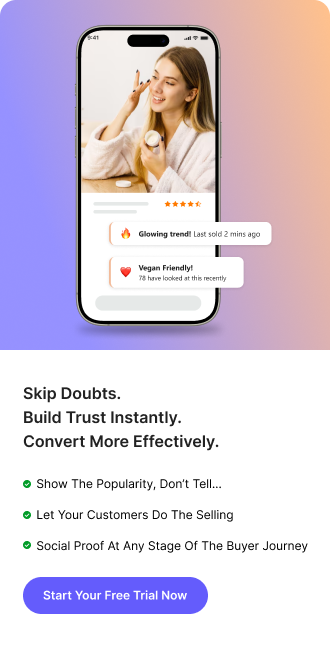Importance of A/B Testing
When it comes to marketing strategy, A/B testing is a crucial tool for optimizing your campaigns and driving better results. By comparing two or more variations of a marketing element, such as a webpage or email, you can better understand what resonates with your audience and make data-driven decisions. A/B testing allows you to:
- Optimize Conversion Rates: By testing different versions of a webpage or landing page, you can identify the elements that lead to higher conversion rates.
- Improve User Experience: A/B testing helps you refine the user experience by testing different layouts, designs, and functionalities.
- Refine Messaging: Testing different variations of your marketing messages can help you find the right tone, wording, and call-to-action that resonate with your target audience.
Ultimately, A/B testing empowers you to enhance the effectiveness of your marketing efforts, maximize ROI, and improve overall customer satisfaction.
Steps to Conduct Effective A/B Testing
When conducting A/B testing, following a systematic approach is essential to ensure accurate results and actionable insights. Here are the key steps:
- Define Your Goals: Clearly outline what you want to achieve through the A/B test, whether it’s improving click-through rates, increasing conversions, or enhancing user engagement.
- Identify Test Elements: Determine which elements you want to test, such as headlines, images, colors, or layouts.
- Create Variations: Develop multiple versions of the test elements to compare and assess their impact.
- Split Traffic: Divert a portion of your audience to each variation to gather data and compare performance.
- Monitor and Analyze: Collect relevant data during the test period and use statistical analysis to determine the winning variation.
- Implement Winner: Deploy the successful variation to your entire audience or segment, based on the test results.
Following these steps will help you conduct effective A/B tests, gather insightful data, and make informed marketing decisions.
Tools for A/B Testing
To conduct A/B tests efficiently, several tools are available that simplify the process and provide insightful data. Some popular tools include:
- Google Optimize: A free tool that allows you to run A/B tests, set up multiple experiments, and analyze results within the Google Analytics framework.
- Optimizely: An industry-leading A/B testing platform that offers advanced targeting and personalization features to optimize your campaigns.
- VWO: VWO provides a comprehensive testing and optimization platform with features like heatmaps, session recordings, and conversion goal tracking.
- Crazy Egg: Crazy Egg offers heatmaps, A/B testing, and user recordings to visualize user behavior and make data-driven decisions.
These tools provide a range of features to simplify and streamline A/B testing, enabling marketers to drive better results.
Real World Examples of Successful A/B Testing
Real-world examples of successful A/B testing can inspire and guide marketers to develop effective strategies. Here are a few noteworthy examples:
- Obama Campaign: The Barack Obama campaign used A/B testing extensively to optimize fundraising emails, resulting in a significant increase in donations.
- Groupon: Groupon tested different variations of their deal page, which helped them increase conversion rates and improve user experience.
- HubSpot: HubSpot conducted A/B testing on their website’s homepage, leading to a significant increase in lead generation.
- Amazon: Amazon continually tests different layouts, button colors, and product descriptions to optimize their conversion rates and sales.
These real-world examples demonstrate the effectiveness of A/B testing and how it can drive positive outcomes for businesses across various industries.




